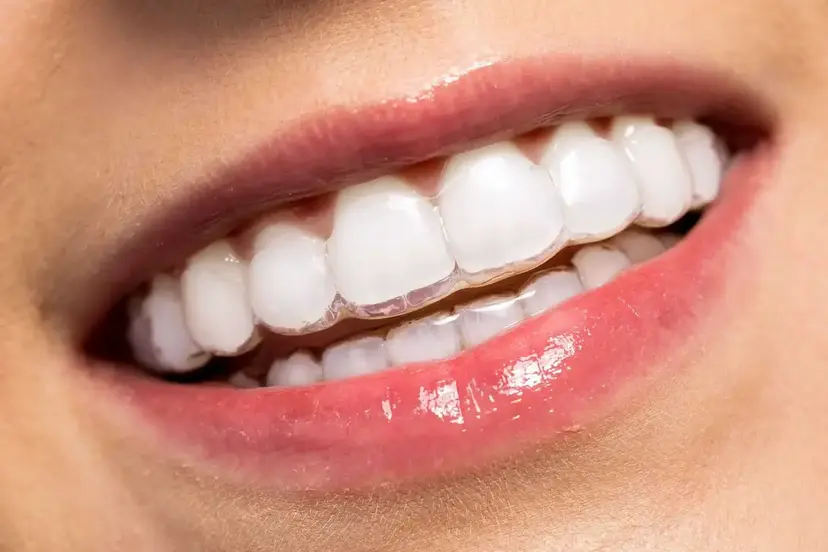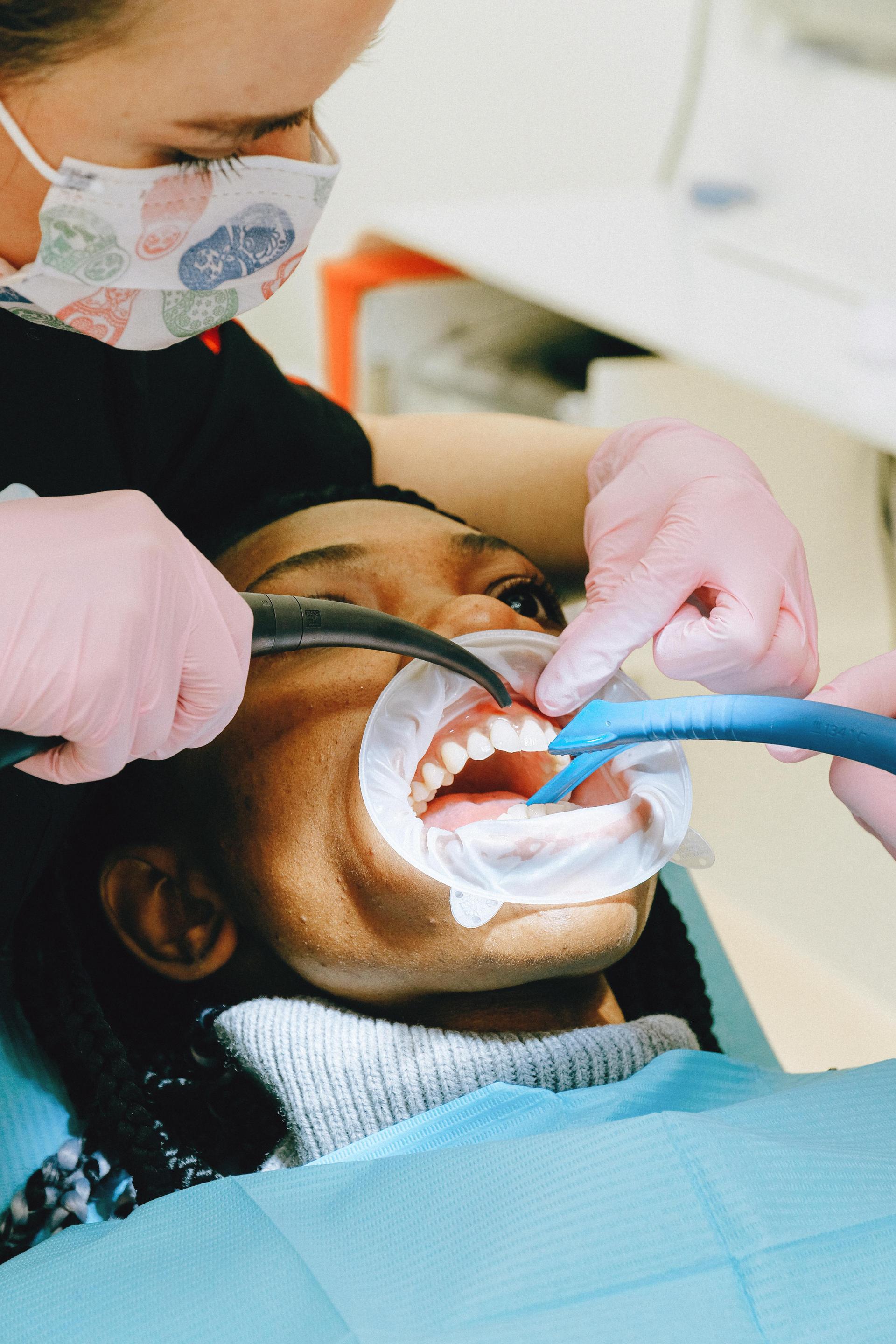MakeO blog
Oral thrush, or known by medical professionals as oropharyngeal candidiasis, is a common fungal infection caused by Candida albicans, a type of fungus.] Most people have this fungus in small amounts lining the soft tissue of the insides of the mouth and is largely harmless. However, certain instances may trigger the fungus to overgrow, leading to thrush.
In this blog, we will discuss in detail the causes of oral thrush, looking into its signs and symptoms while also providing available treatment options. It is important to remember that oral thrush does not affect healthy individuals and is one of the rarer oral infections.
What causes oral thrush?
Oral thrush is usually seen in babies under one month, toddlers, immune-compromised patients and adults over the age of 65. It can be a result of the tip in the balance of the Candida fungus numbers in the mouth of the person affected. Usually, healthy bacteria prevent the overgrowth of this fungus, even though it is always present in the mouth.
In some cases, medications like corticosteroids, antibiotics and birth control pills can cause oral thrush. They can trigger yeast overgrowth in the mouth, causing this dirty-looking infection. People with a weakened immune system due to any reason, like cancer, transplant, HIV infection, etc. can contract oral thrush from other affected individuals. In rare cases, the infection can spread through the bloodstream, affecting other areas of the body like the heart, brain and eye.
Oral thrush is sometimes a side-effect of certain medical treatments, such as cancer treatment. It can be caused by other ailments like diabetes. With chemotherapy, the medication can affect the balance of the fungus in the patient’s inner mouth and throat, making them susceptible to oral thrush. Meanwhile, radiotherapy targeted at the neck and head region is also known to increase the risk of this disease which leads to a furry tongue.
In individuals over 65, oral thrush is usually seen in those under nursing care with weak physical health or due to ill-fitting dentures. They stand the risk of contracting the infection specifically if being fed through tubes.
Signs and symptoms
The most visible symptom of oral thrush is white, cottage cheese-like spots covering the tongue, cheeks and gums, roof, and tonsils along with the throat. This can leave your mouth feeling heavy and cause a loss of taste. Some other symptoms of oral thrush include: `
- Redness or cracks along the corners of the mouth
- Overall pain and unpleasant taste
- Difficulty in swallowing food or liquids
- Inability to speak with a sore tongue and gums
Diagnosis, prevention and treatment
The most common manner of diagnosis for oral thrush is scraping away the white fuzzy coating to find reddened, inflamed spots that may even bleed a bit. The next step is a microscopic test where a healthcare professional will take a sample of the coating with a sterile cotton swab. This is then assessed under a microscope to determine the presence of the Candida fungus.
If the oral thrush has spread down the throat and to the food pipe, an endoscopy or X-ray might be needed for further evaluation of the extent of the infection. For those with HIV, or receiving cancer treatments, it is important to have regular check-ups of the mouth region, for early detection and proper diagnosis.
If you are wearing teeth aligners, go for regular check-ups to detect any such infection early.
Once detected, oral thrush is treated with antifungal medications. These can either be in the form of tablets or ointments that are directly applied to the affected spots. It usually takes 10 to 14 days to see the results. Oral thrush is usually easier to treat in babies and adults, but treatment can be challenging for those suffering from weak immunity.
Some studies suggest that those medications taken topically are more effective than those ingested via tablets.
Since prevention is always better than cure, here are the best ways to avoid oral thrush:
- Practising good oral hygiene.
- Remember to brush your teeth twice a day.
- Stay away from mouthwashes that can cause an imbalance of the microbial presence in one’s mouth.
- Avoid smoking
- Avoid consuming excessive amounts of sugar.
- After taking any medication, always rinse your mouth.
- For babies, sterilise all bottles.
- Older adults using dentures must avoid wearing them at night.
- If you have a crossbite, talk to your dentist about how best to align your teeth and prevent such infections.
Conclusion
Oral thrush is caused by the excessive growth of the Candida fungus inside the mouth and throat. With early detection and proper care, the infection can be treated and cured in about two weeks. However, if it is left untreated, especially in cases of patients with weak immune systems, it can spread deeper into the tissues and cause blood poisoning or septic shock.
If you see symptoms of oral thrush, immediately contact your medical professional and get treated as early as possible.
related categories
Related articles

Types of Braces: Removable vs Fixed Braces, Which is Right For You?

This Diwali, Smile Bright With makeO Teeth Whitening Kit

Dr. Pravin Shetty: Pioneer in Lingual Orthodontics & Innovative Smile Solutions
How do I Know I’m the Right Candidate for makeO toothsi Teeth Aligners?

